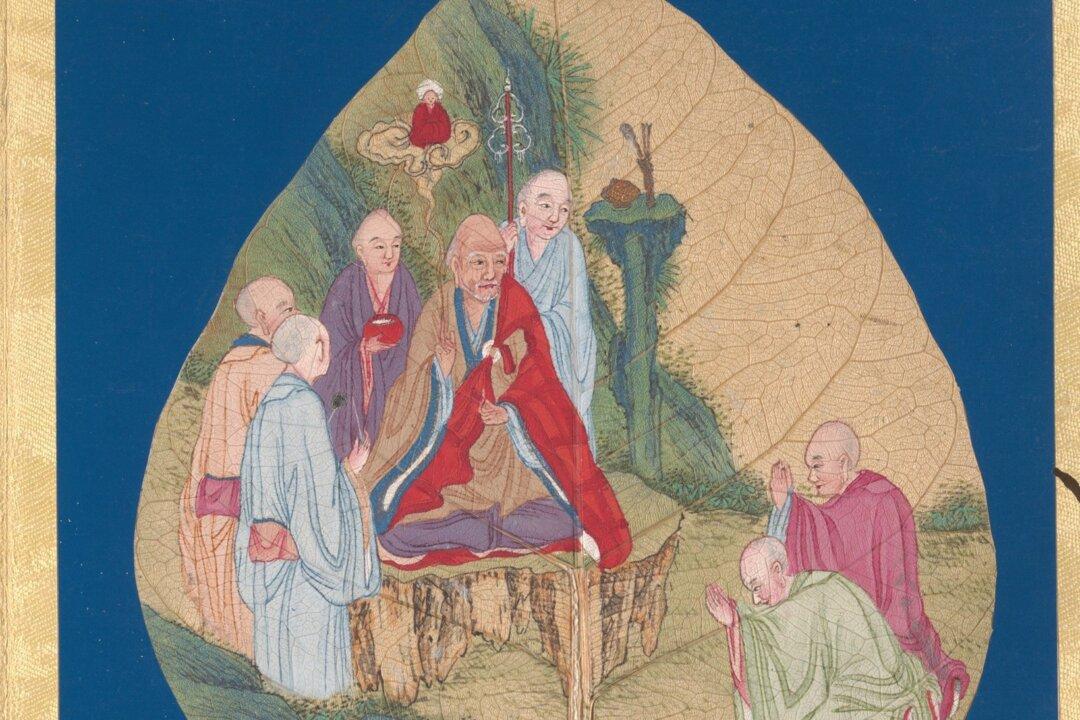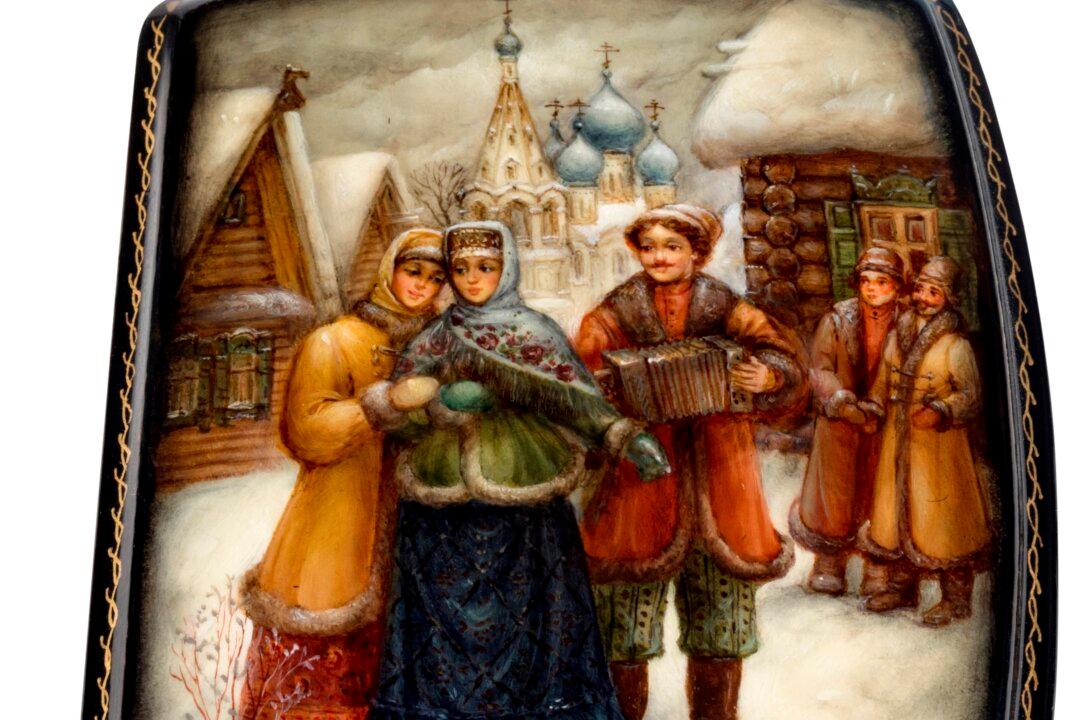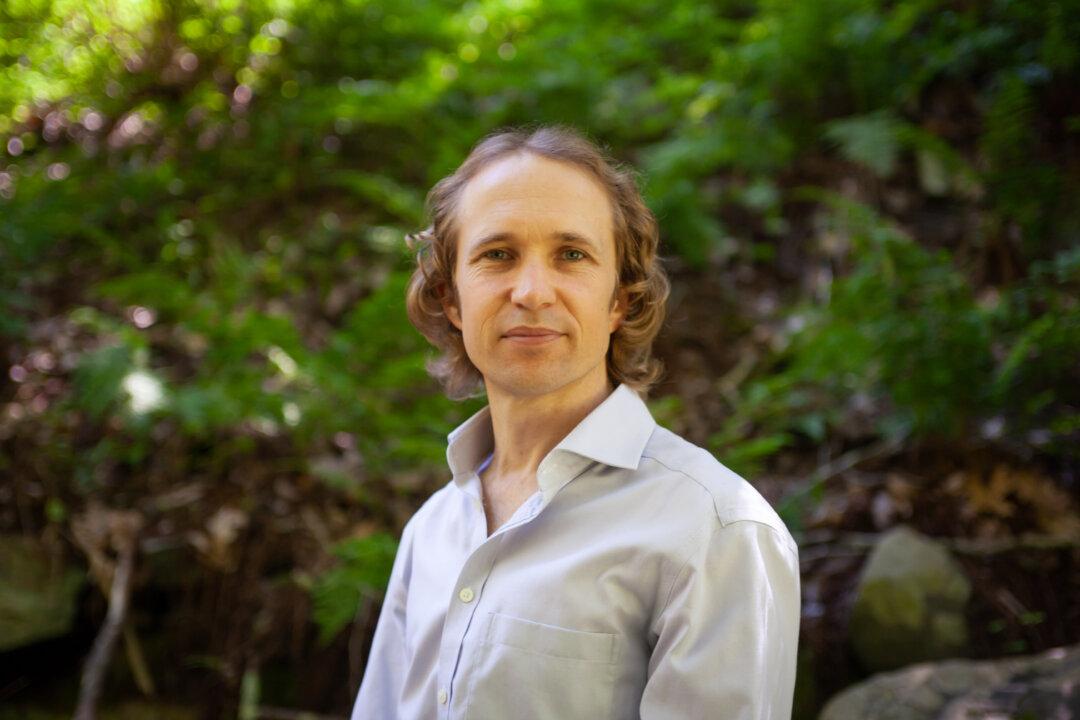NEW YORK—This time of year always reminds me of the divine. With Christ’s birthday being at the center of the holiday season, it’s no surprise. But the holiday also reminds me of divinity from the East. Every year, I attend a performance of Shen Yun Performing Arts—the classical Chinese dance company—and this time of year is when their tour starts.
Shen Yun’s website states, “Experience the divine culture’s return.”





